With a history dating back to 1685, a spectacular setting that’s arguably the most beautiful wine estate in South Africa, producing one of the most celebrated sweet wines in the world, once the toast of Napoleon, Klein Constantia scarcely needs an introduction.
Forming part of the first Cape Dutch Governor Simon van der Stel's original Constantia farm, with sweeping views of False Bay and the Cape Flats, the estate’s 146 hectares grace the foothills at the edge of Table Mountain, with an almost equal mix of vines, at 75 hectares, and wild vegetation, clambering sometimes precariously up to 343 metres.
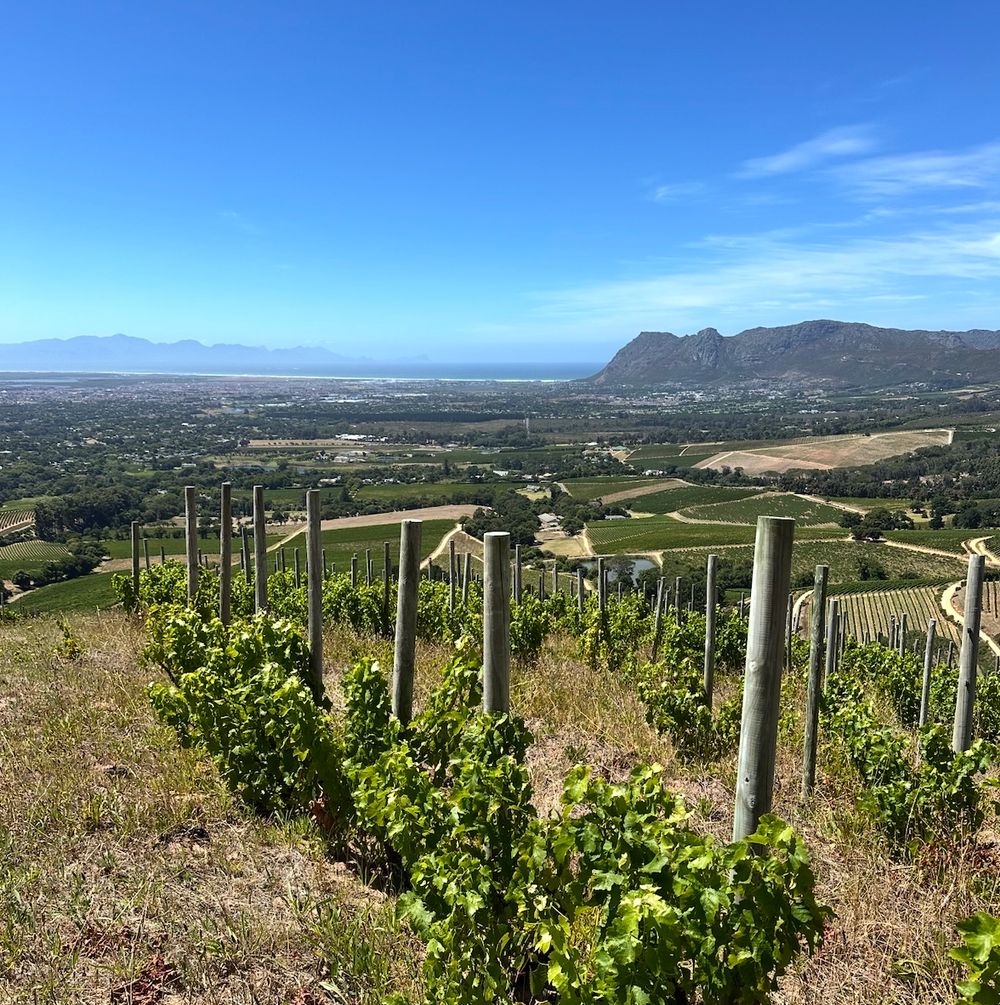
The stunning views down the Cape from Klein Constantia
Though the estate has an estimable history, there is no resting on laurels for it is also a place of restless experimentation: trialling new grape varieties while resurrecting native scrub, pioneering the latest techniques to preserve water (a notoriously scarce resource in Cape Town) using reservoirs to catch rainfall, and utilising experimental winemaking without frightening fans of its venerable flagship wine, Vin de Constance.
Farming for the future
The Western Cape is celebrated as a ‘floral kingdom’ and Klein Constantia is itsmicrocosm, boasting a lush 22-hectare forest, known as Grootbos, amongst its rich tapestry of conservation projects. Buffer zones for native flora and fauna have been created along the farm’s borders and water courses, which have all been cleared of so-called alien vegetation to maximise water runoff and encourage the growth of indigenous plants.
These corridors also provide pathways for animals and insects, boosting biodiversity, while also encouraging (rather less welcome) baboons from the neighbouring hillsides.
The soils, decomposed granite and Table Mountain sandstone, are dry farmed using uncertified organic and biodynamic practises.
Farm manager Craig Harris says it wants “the most natural representation of the season possible”.
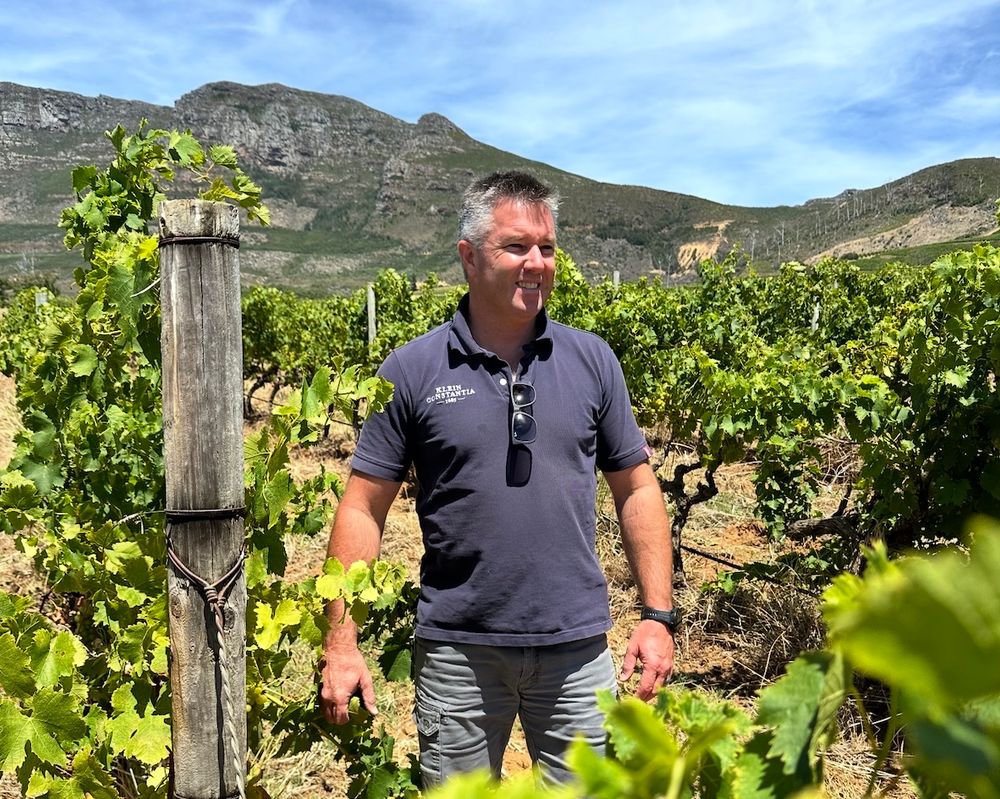
Craig Harris says being organic and biodynamic means it can get as close as it can to its soils
His team have been working to isolate the estate's own clones of Muscat de Frontignan from its oldest vineyard block, believed to come from cuttings of the original Muscat grapes brought to the Cape in the 1650s. An experimental plot has also seen trials of Harslevelu and Chenin Blanc, albeit without great success.
Klein Constantia has been recognised as a WWF ‘Conservation Champion’ for its work to boost biodiversity, manage soil erosion, protect against fire (a constant threat) and reduce the use of herbicides.
A different approach for Sauvignon
While Muscat de Frontignan might steal the limelight as its most famous grape, courtesy of Vin de Constance, Sauvignon Blanc is actually Klein Constantia’s dominant variety, with 34 hectares planted across 43 different plots, compared with 14 hectares of Muscat.
Winemaker Matt Day describes himself as a ‘Sauvignon nut’ and his enthusiasm for the variety could also be bottled alongside the wine.
“I have been here 16 years, so Vin De Constance I have figured out, but I am still playing with Sauvignon Blanc,” he says. “It has taken us a long time to properly understand the impact of our soil conditions on the wines.Table Mountain sandstone brings out richness and texture, while the decomposed granite reveals saline, umami, spicy characters.”
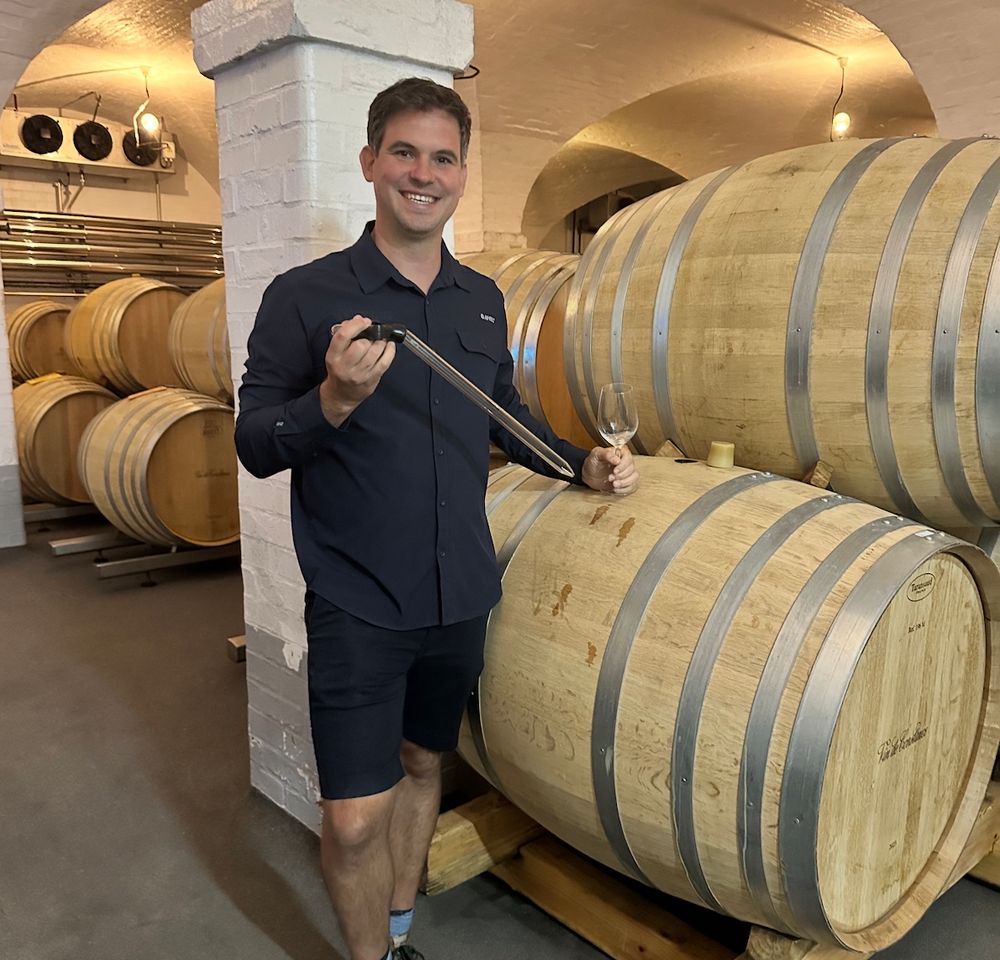
Matt Day describes himself as a "Sauvignon nut"
Using 100% wild fermentation, Day has also pioneered a relatively unorthodox, oxidative approach for his Sauvignon Blanc.
“Normal thinking is to add lots of sulphur to protect the thiols, but we purposely oxidise to break down volatile thiols, then yeast will take it back into a reductive phase. You need really good PH for it. It’s very risky but we have the terroir for it. We are quite funky to start and then when the fermentation takes off we are very technical,” he explains.
We taste Klein Constantia 2023 Sauvignon Blanc, which Day describes as the estate’s “bread and butter wine, with all the terroir characteristics, all the R&D, one colour, different shades”, fermented in stainless steel, with 5% in neutral oak, from 42 different blocks of Sauvignon. It is fresh, crisp and delicious, with a gentle textured citrus mid palate and a refreshing minerality.
Representing the best of Klein Constantia’s single vineyards, Klein Constantia Clara 2023 entices with citrus and peach melba, there’s a herbal undertow and - again - it is a textural triumph, with stone fruits, orange bitters, blanched macadamia and a granite freshness.
At the apex of the Sauvignon collection, Klein Constantia Perdeblokke 2023 offers notes of celeriac, lemongrass and fynbos, with tightly wound layers of ripe peach, nectarine and greengage, held in check by a vibrant lime acid line.
Day’s cheery, relaxed demeanour belies the fact that he has one of the most demanding, high profile jobs in South African winemaking. Having studied at Stellenbosch University, he first joined as a cellar hand, worked harvests overseas in Tokaj, Sancerre, Barossa and Napa, before being taken on as assistant winemaker, then elevated to the top job.
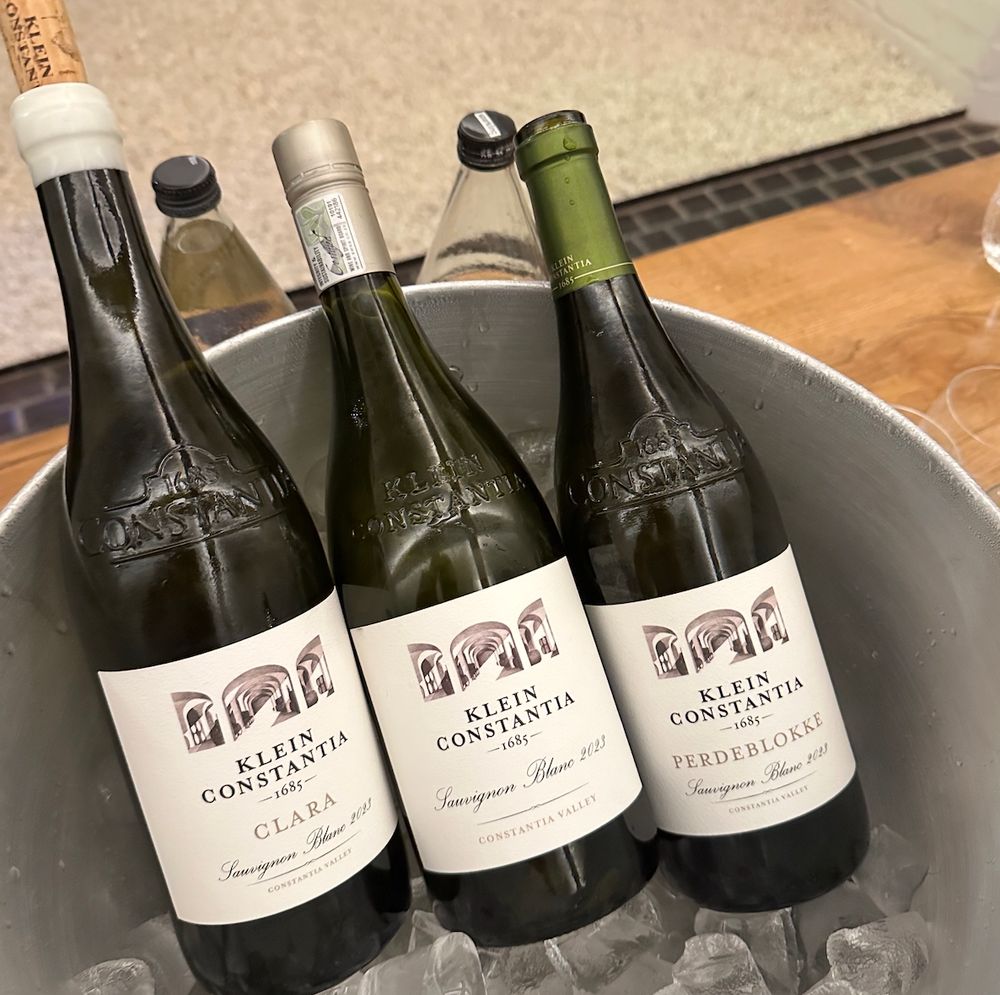
The Sauvignon Blanc range from Klein Constantia
For all its charm, his impressive Sauvignon Blanc portfolio sits in the shadow of Klein’s Constantia’s most celebrated cuvée.
Celebrating Vin de Constance
A somewhat idiosyncratic wine, Vin de Constance has an extraordinary, star-studded history: Napoleon Bonaparte sought solace in its sumptuousness while exiled on the island of St Helena; both Charles Dickens and Jane Austen extolled its virtues in their novels; while America’s Founding Father, George Washington, was also a fan.
Yet none of this was enough to prevent it falling out of fashion, with production ceasing in 1885, as phylloxera took hold. For a century, it was a relic of history, until the estate’s new owners, Duggie and Lowell Jooste, decided to resurrect it in 1986, with spectacular results.
Naturally sweet, made with unbotrytised, late harvested, raisined grapes, without any fortification, the wine is then matured in oak barrels for around three years.
Day has tasted an example of the 1875 vintage, from a collector, an analysis of which showed strong similarities to the re-created wine, which has attention to detail as its defining characteristic.
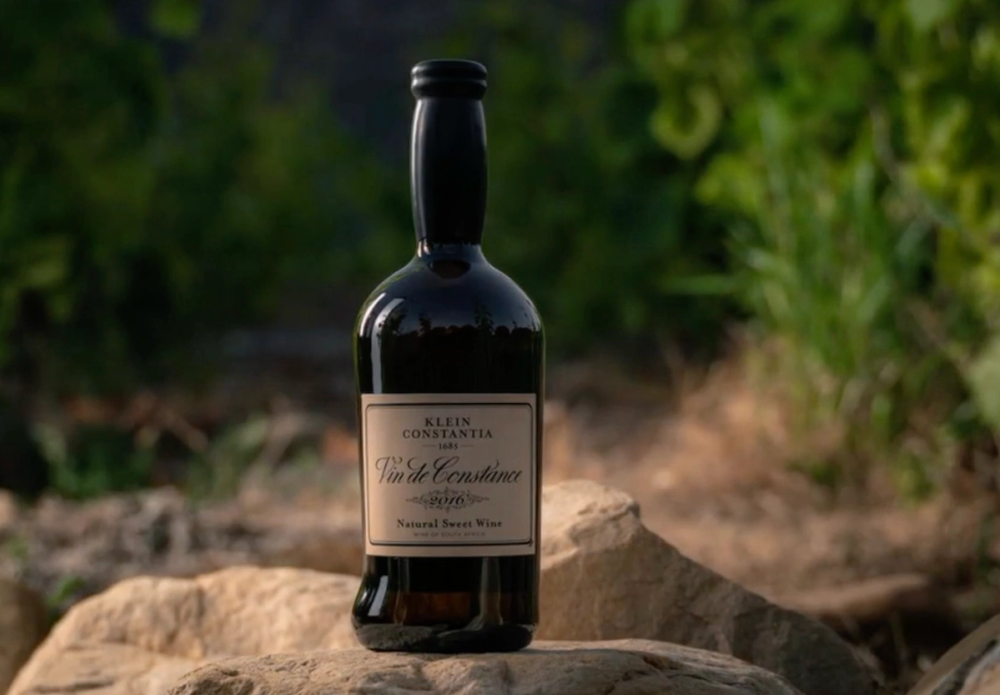
The historic Vin de Constance that dates back some 300 years and was drunk by Napoleon and George Washinton was brought back to life by Klein Constantia in 1986
“We harvest across two months, passing each vine up to 30 times across the season, to choose the precise picking date for each bunch, with each batch treated separately and the blending starting during the long fermentation process. We’re looking for that perfect balance of acidity and sweetness,” he says.
We taste from the casks, starting with Vin de Constance 2013, rich and fascinating, with a marmalade, bruised apple and toffee-infused complexity, balanced by a refreshing lime acidity. Vin de Constance 2017, from a very good harvest, is smooth, silky and scintillating, with perfect poise.
The latest wine, Vin de Constance 2021 is described by its creator as “one of the best vintages we have ever made,” ethereal and enticing with floral aromas, Seville orange marmalade and rich, ripe apricot, its 173 grammes of residual sugar countered by a bright, pithy Sicilian lemon acidity.
Though the wines grow graceful with age - and I have been fortunate to taste older vintages of Vin de Constance in the past - to my palate the most recent vintage is actually my favourite, for its extraordinary depth and serene sense of balance.
Day encapsulates it best: “These are not just sweet wines, they are hugely complex.”
* You can find out more about Klein Constantia's website here.
































